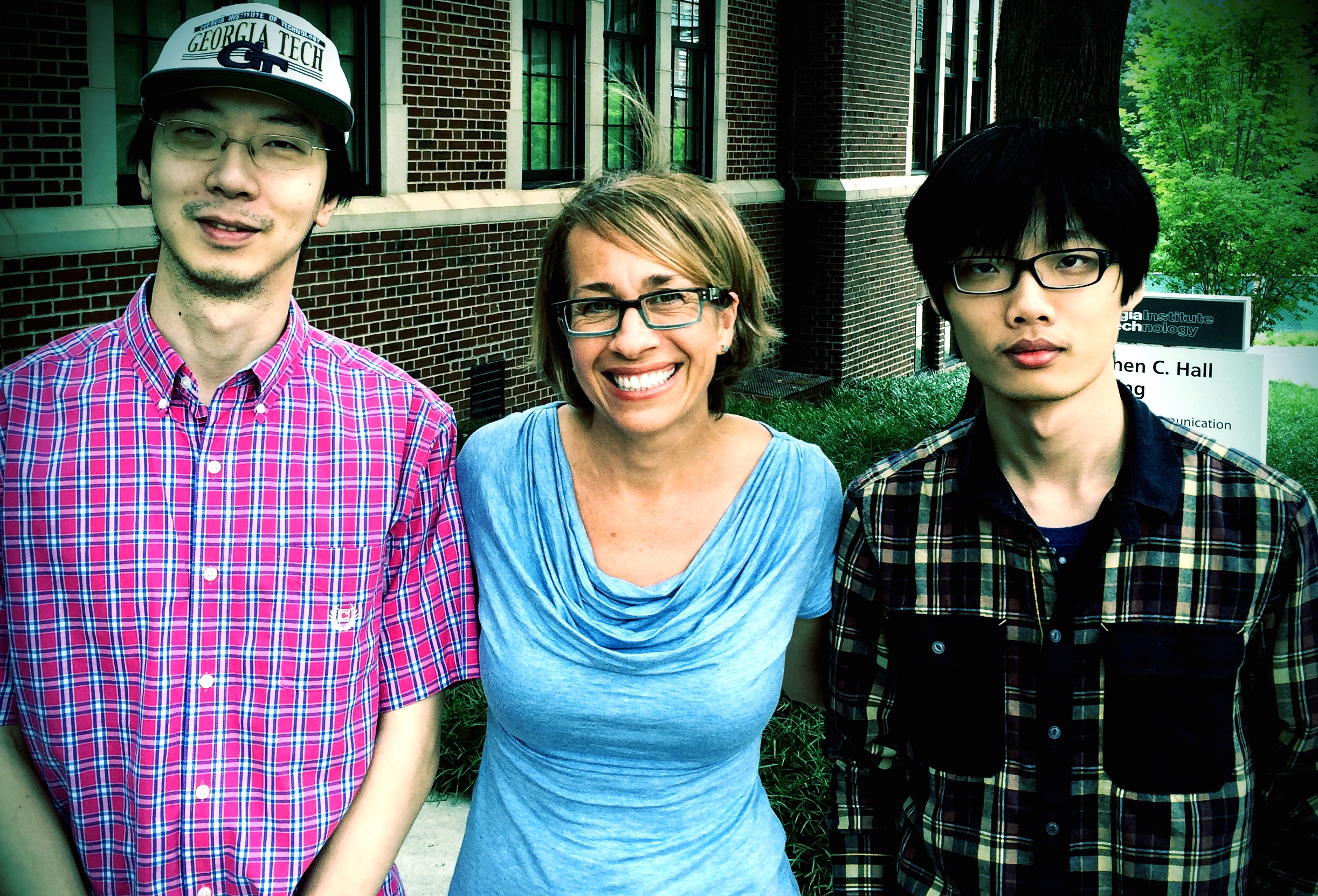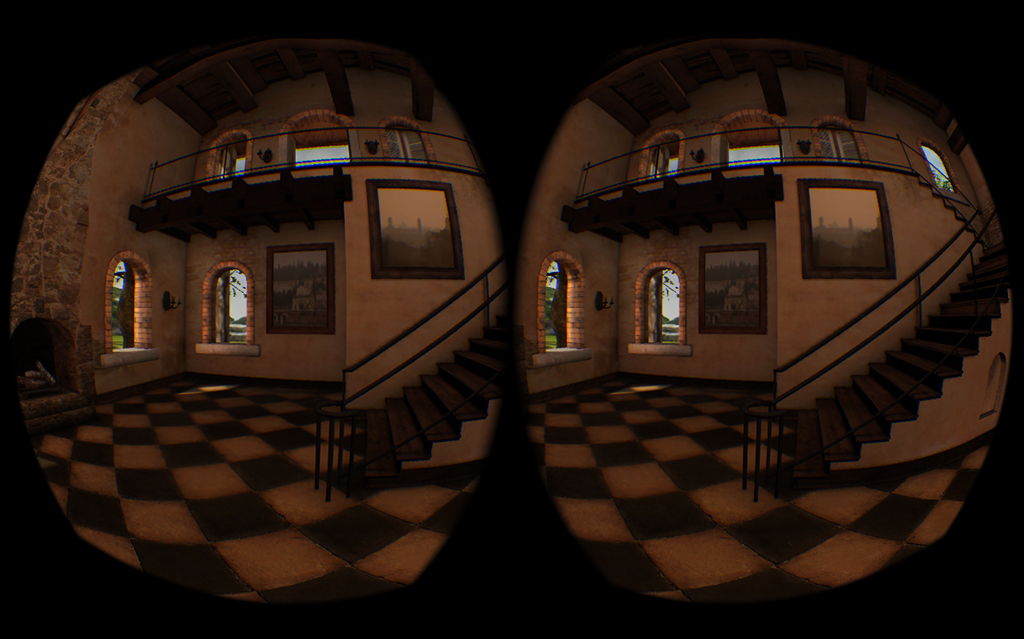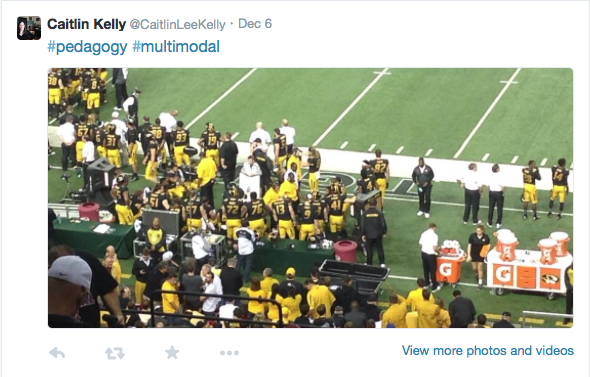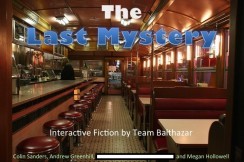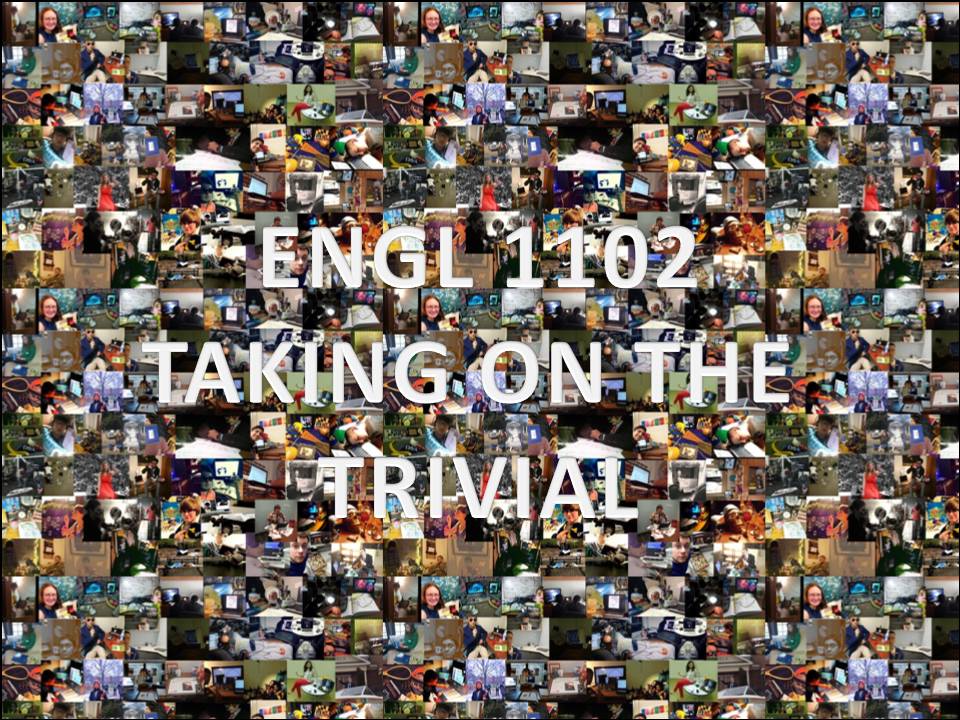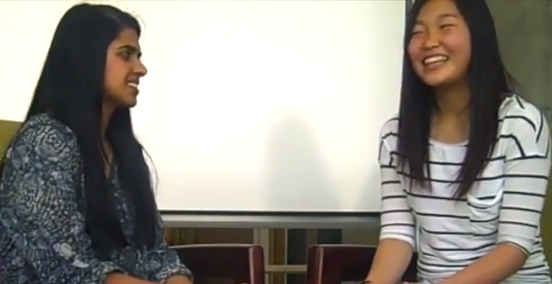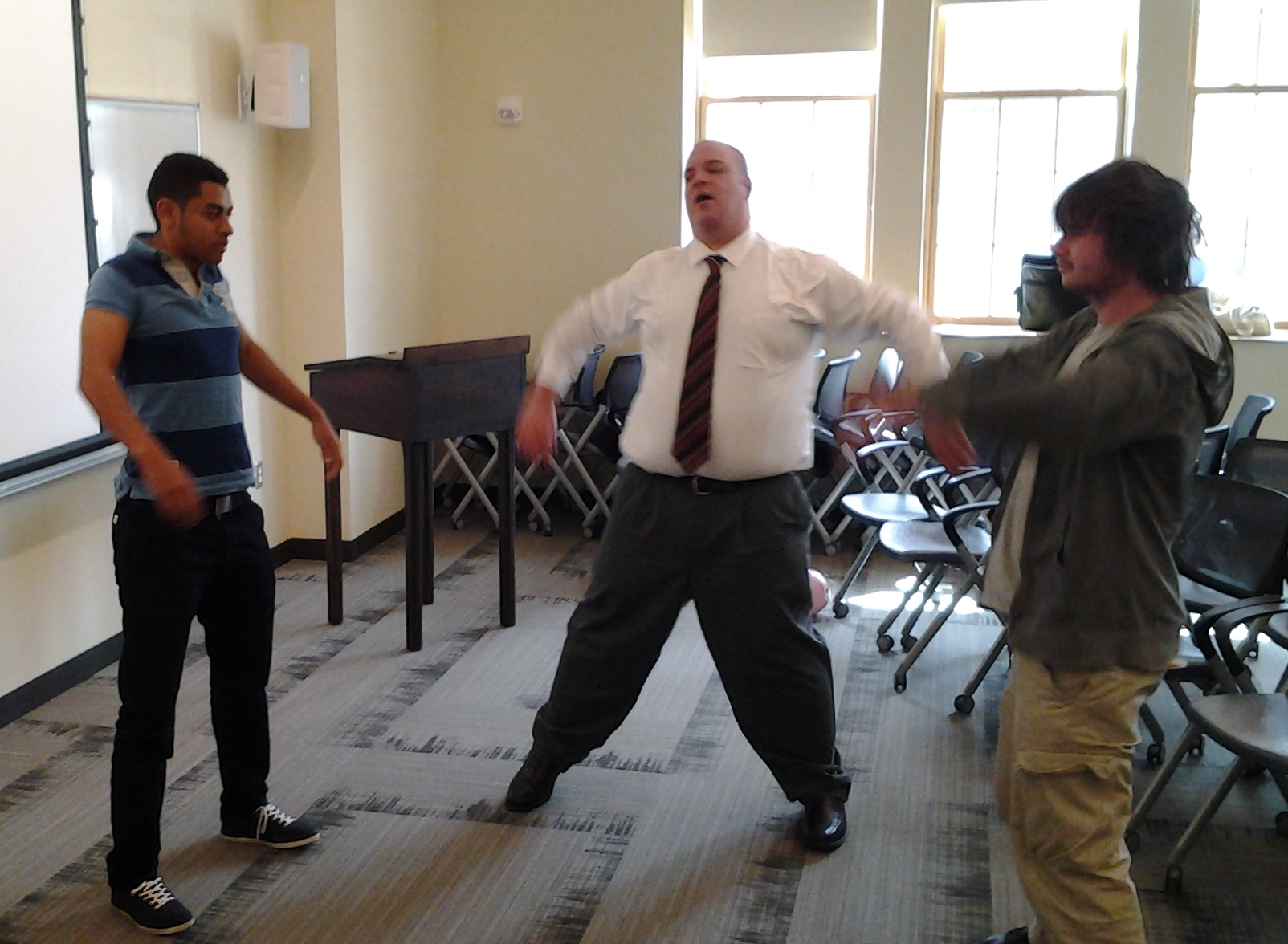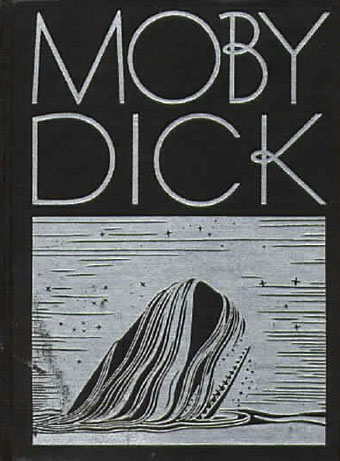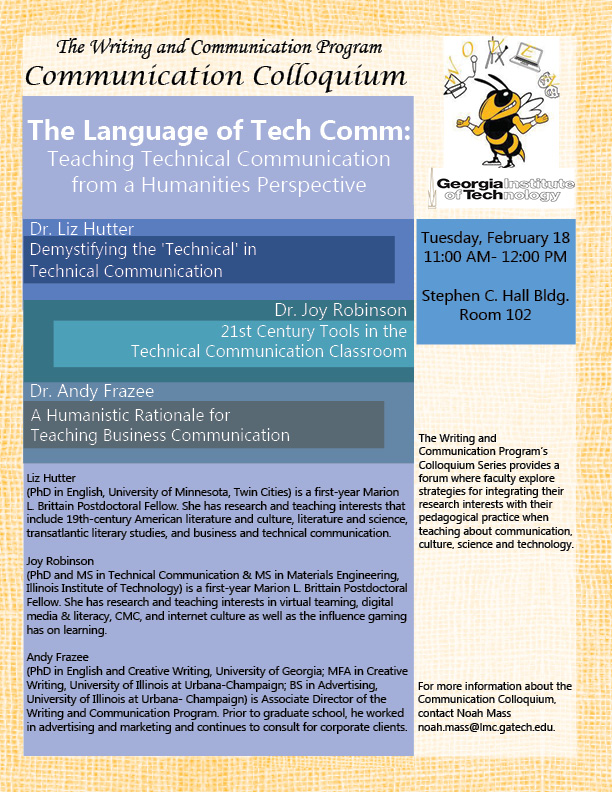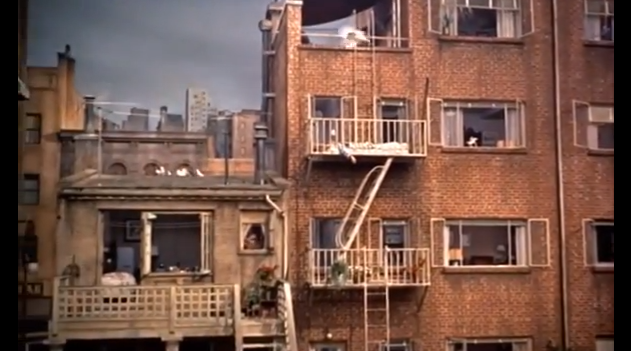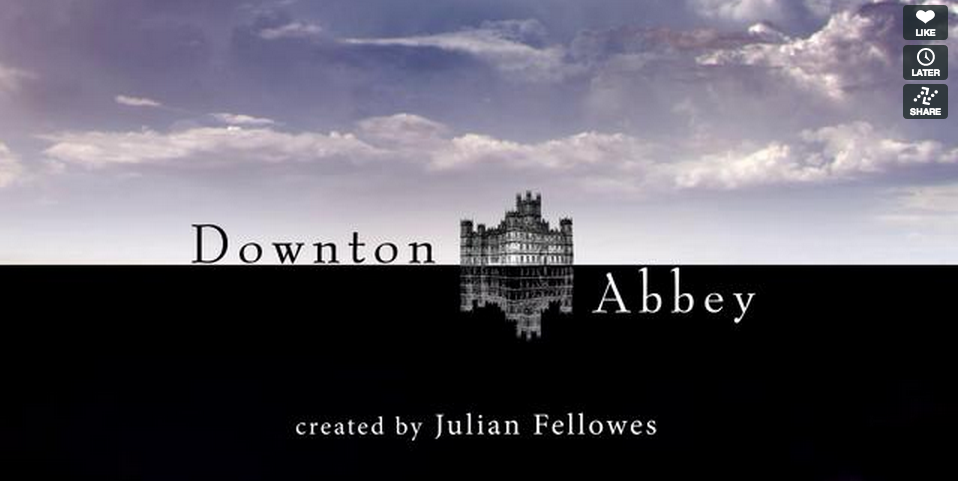Brittain Fellow Posters from Celebrating Teaching Day 2016

On Tuesday, March 15, a number of Brittain Fellows and Writing and Communication Program Lecturers showcased their work at Georgia Tech’s Celebrating Teaching Day celebration. Brittain Fellows and Lecturers use a wide range of multimodal activities and assignments in their classes, as their posters demonstrate. The posters can be viewed… Continue reading







